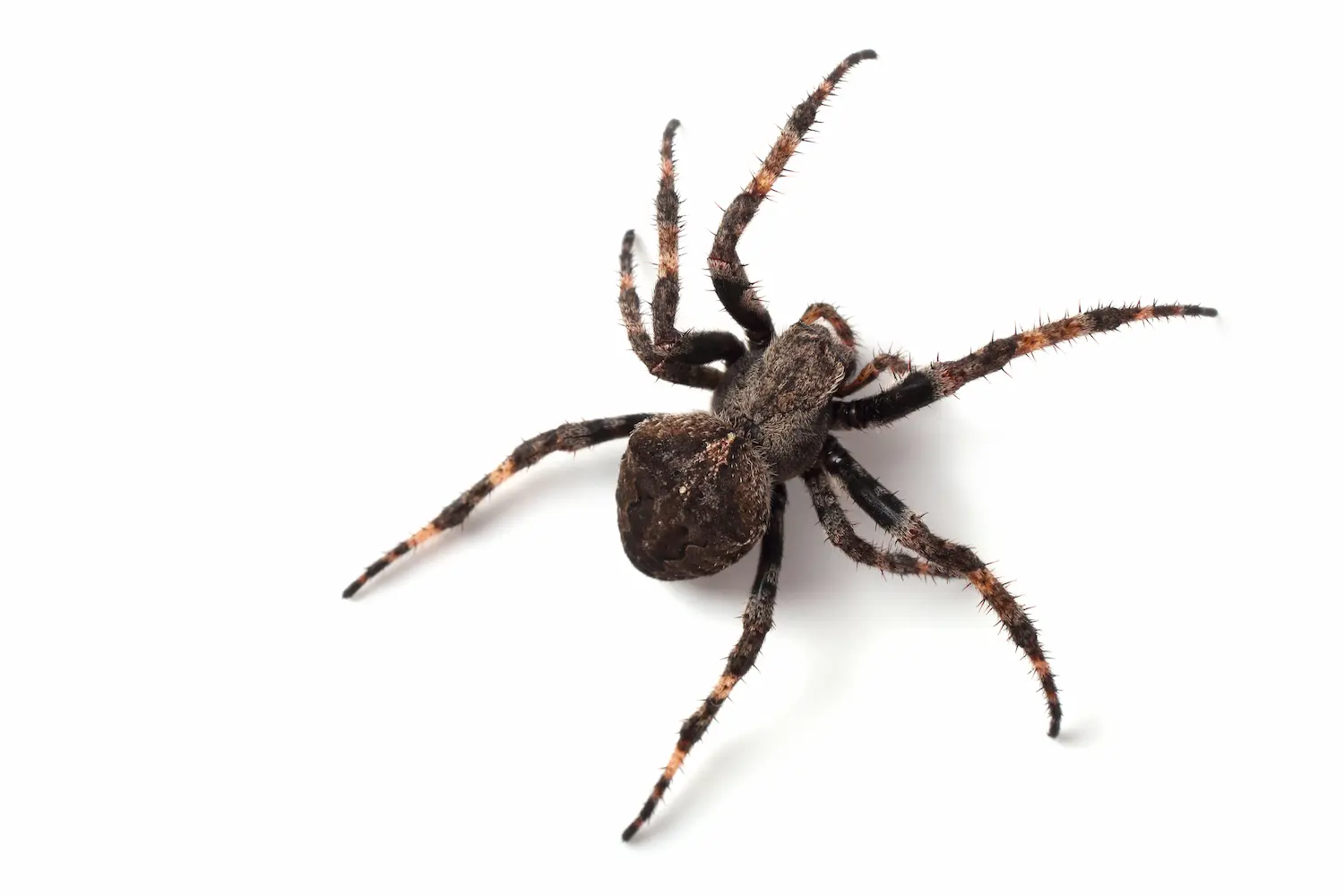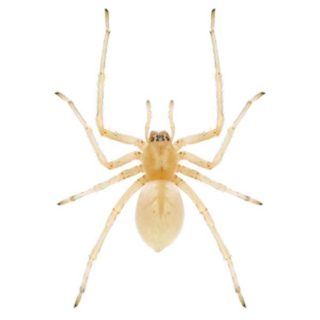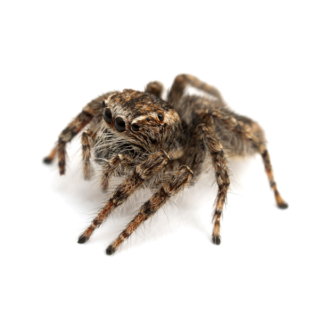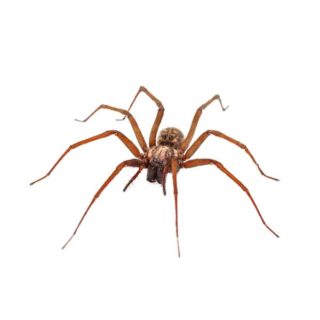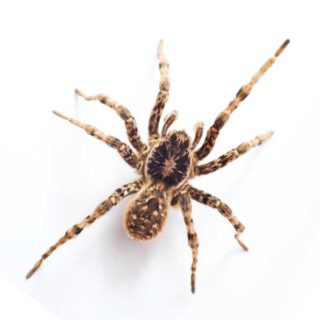The Orb Weaver Spider in Texas
If there were a poster child for spiders, it would probably be the orb weaver, which builds the familiar circular-shaped webs often found in gardens, fields, and forests. Orb weavers are found throughout the world, except for the Arctic and Antarctica.
These arachnids are large, conspicuous, and many are very colorful. They spin elaborate webs in concentric circles in the garden and wait for nearby prey to become entangled. Orb weavers generally have poor vision and rely on web vibrations to locate and identify prey.
Orb Weaver Spider Habitat
Like all spiders, orb weavers are carnivores, feeding primarily on insects and other small organisms that get trapped in their sticky webs. They are most abundant in summer, in garden areas, and around the home. Orb weavers spin large, circular webs that can be as wide as six feet or more, often between buildings and shrubs.
Homeowners may not even be aware of the spiders’ presence unless they walk outside after dark and see the web in a lighted area or walk into the web in the dark. Often, the edge of an eave is used as upper support, with the bottom frame lines attached to a shrub or the ground.
Orb Weaver Spider Behaviors, Threats, & Dangers
Orb weavers can bite, but seldom do, and their bite is not toxic to humans. Orb weavers are generally harmless and can be a nuisance when they build large webs in places inconvenient for humans. Occasionally, they will wander into a home and build a web in a doorway or window sill.
Despite their formidable appearance, orb weaver spiders are non-aggressive and not considered dangerous. However, be careful not to walk into their large, sticky webs at night. The fear of this spider crawling over one’s face can be terrifying and may cause anxiety and fear in some people.
If you are dealing with orb-weaver spiders inside your property, contact your local Texas spider exterminators.
Need help with Orb Weaver Spider control?
Get A FREE QuoteTypes of Orb Weaver Spiders in Texas
Let’s take a closer look at some of the most common types of orb weavers found here in the Lone Star State:
Yellow Garden Spider
The yellow garden spider (Argiope aurantia) is one of the most recognizable orb weavers in Texas. These spiders are known for their striking appearance, with black and yellow markings on their abdomens and a distinctive zigzag pattern in the center of their webs. Females can grow up to an inch in length, while males are significantly smaller.
Yellow garden spiders are most active during the day and are commonly found in gardens, fields, and along the edges of wooded areas.
Spotted Orb Weaver
The spotted orb weaver (Neoscona crucifera) is another common species in Texas. These spiders have a reddish-brown coloration with white spots on their abdomens.
They are slightly smaller than yellow garden spiders, with females reaching about half an inch in length. Spotted orb weavers are nocturnal and are often found in wooded areas, building their webs between trees or shrubs.
Cross Orb Weaver
Also known as the European garden spider, the cross orb weaver (Araneus diadematus) gets its name from the distinctive cross-shaped pattern on its abdomen. These spiders vary in color, ranging from light brown to gray, and have a slightly flattened appearance.
Cross orb weavers are most active at night and are often found near outdoor lighting, where insects are attracted to the light.
Golden Silk Orb Weaver
The golden silk orb weaver (Trichonephila clavipes) is a large and impressive species, with females reaching up to two inches in length. These spiders have a golden-yellow coloration and spin strong, golden-colored silk.
They are most active at night and are commonly found in wooded areas, building their webs high off the ground between trees.

